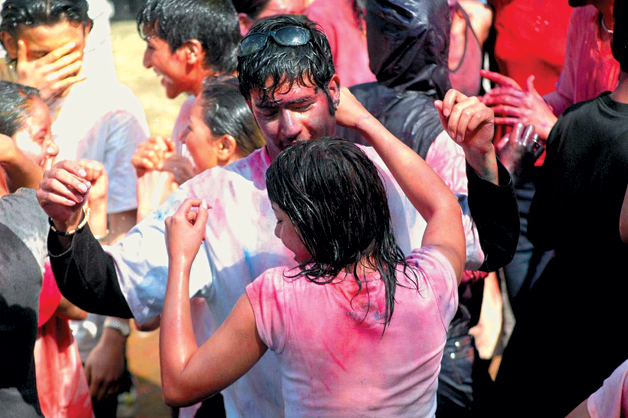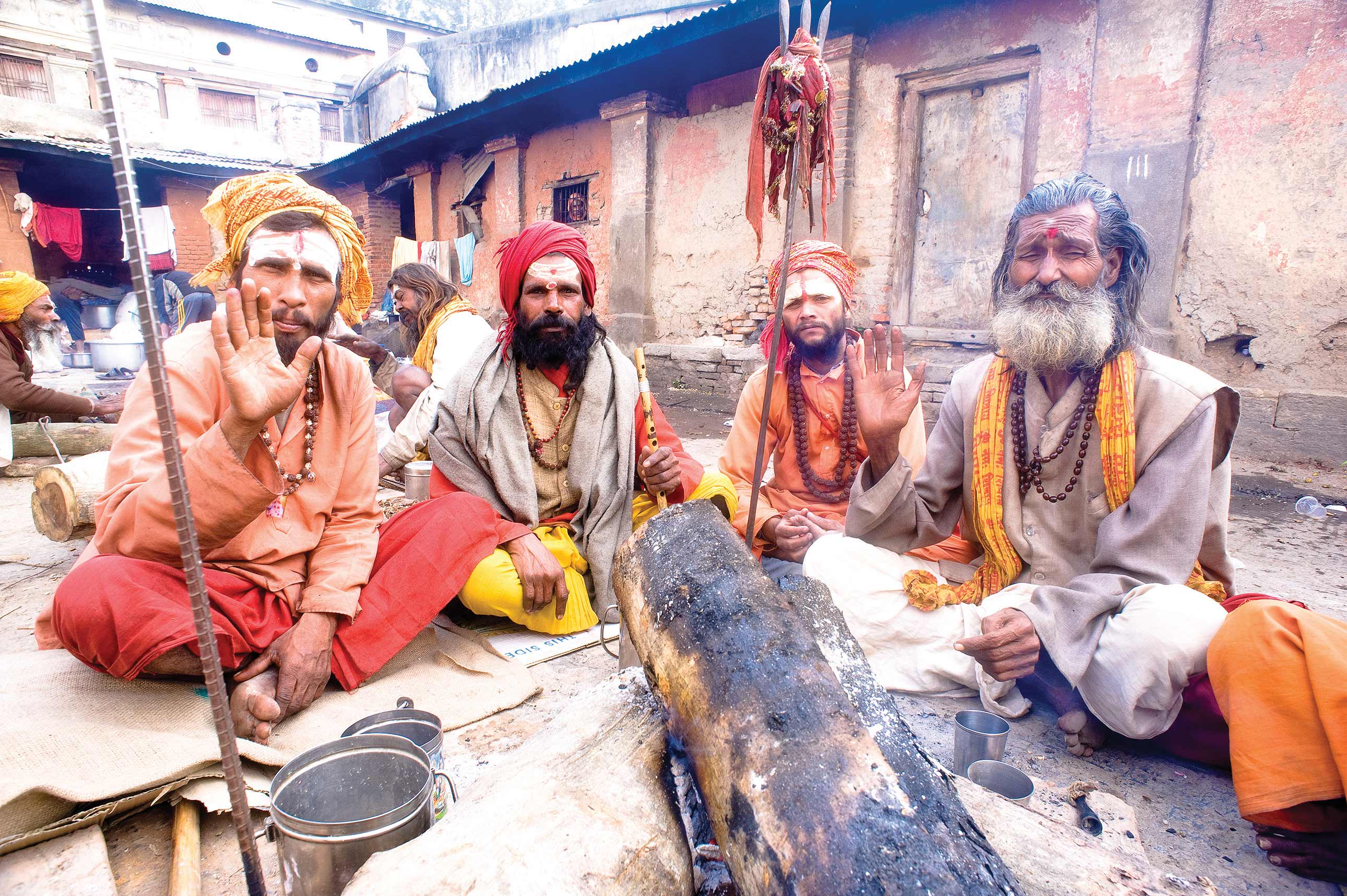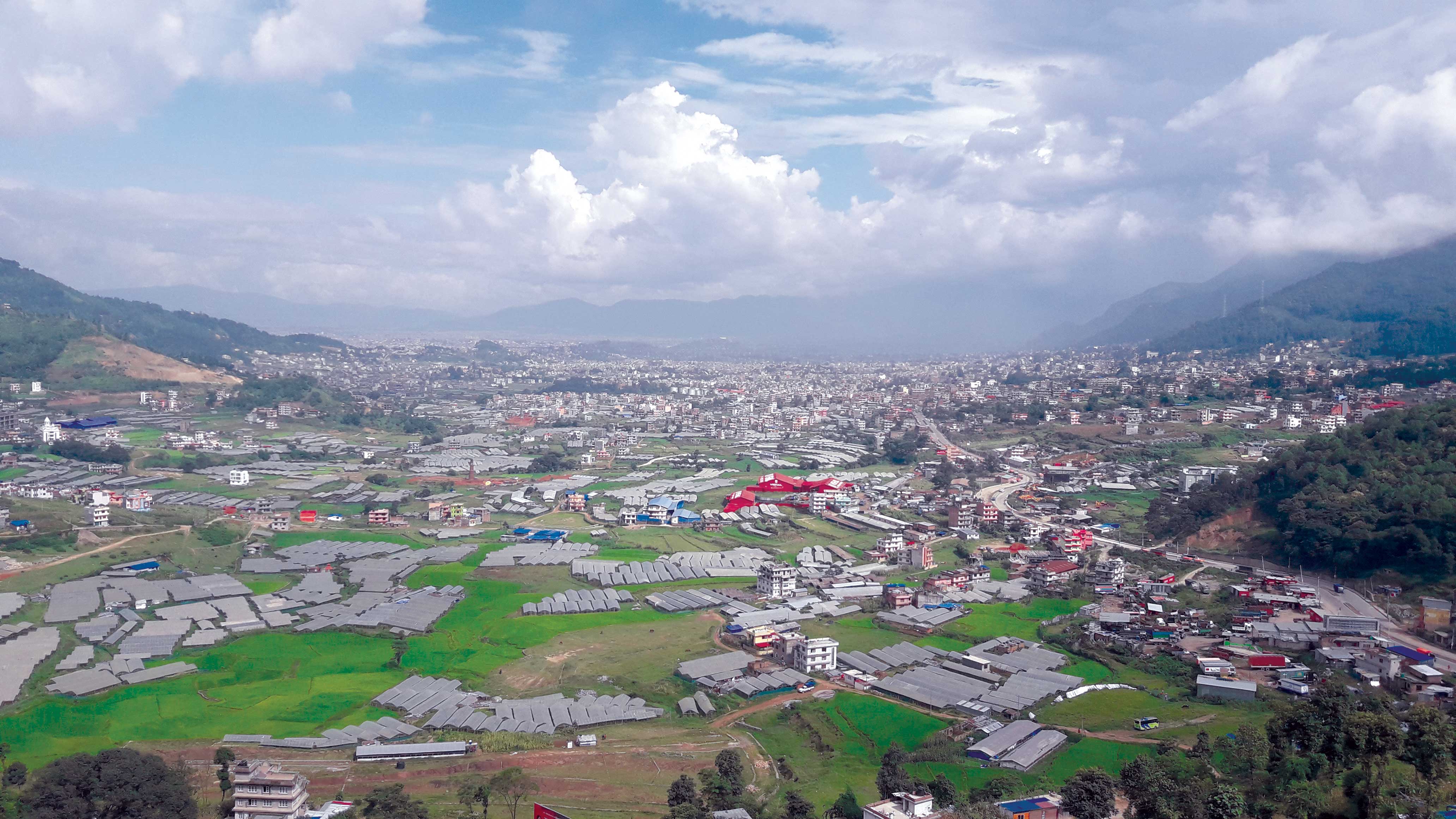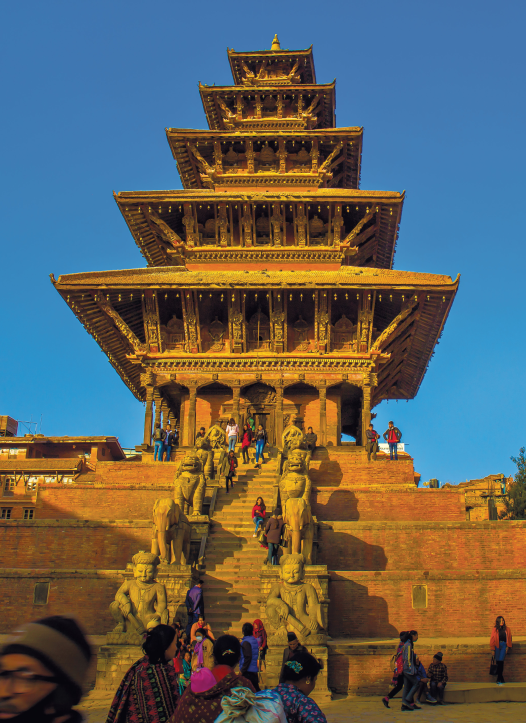
The festival of Holi has gained notoriety over the years as many Hindus have turned this holy occasion into a time for having fun; and that, at the expense of others. Much before the arrival of Holi, we begin to see the younger generation resort to throwing balloons filled with water at passersby, regardless of their religious beliefs. Even tourists are not spared and the unfortunate visitors smile, believing it to be a part of our culture. Although the festival lasts about a week, playing with colored powders and water should take place for only a day.
The festival begins on the eight day of the waxing moon and the first indication of its arrival is the raising of the ceremonial pole at Basantapur near the Kumari Mandir (the Living Goddess Kumari’s residence.) The pole topped with strips of colorful cloth that form three tiers is known as the Chir pole and will stand until the last day of the festival. The Chirs have a special meaning as they are related to a legend involving Lord Krishna. The pieces of cloth (chirs) represent the clothes of the Gopinis (women who accompanied Krishna) that he hung on a tree while they were bathing in the nude. When they heard his flute, they were appalled and filled with shame as they realized he was near by. Krishna then admonished them for their behavior and made them pray to the Sun God standing submerged in the water. Until then, their clothes would remain on the treetop.
Devotees, especially Marwari women pray at the Chir pole lighting oil wick lamps on cow-dung at its base and place flowers, red powder and other offerings. These women wearing bright colored saris, arrive and tie ceremonial threads around the pole.
Legend has it that the Demoness Holika (after whom the festival is named) was a sister of Hiranyakashyapu, a wicked king whose son Prahlad happened to be a big devotee of Lord Krishna. But Prahlad’s faith in Krishna angered both the king and Holika. They plotted to kill the boy, but each attempt to slay him was foiled by Lord Krishna. In a desperate attempt to end his life, Holika grabbed hold of Prahlad and leaped into a blazing inferno. But when the flames died down only Prahlad emerged unharmed, while Holika had perished. Holi is hence a celebration of her destruction, which is a common theme for Hindu festivals.
Holi is celebrated by people dousing each other in colored powder and also by applying a tika on each other’s foreheads. Water is used extensively to splash each other in various colors, which makes it a colorful spectacle. People are seen roaming the streets looking for victims while others speed around in cars and motorcycles. It is also on this day that a special sweet called ‘Bhang ko Laddu’ is consumed. Laced with hemp, this sweet meat is sold by sweet shops and many of the revelers walk about under its spell.
On the final day, the Chir pole is lowered at Basantapur bringing an end to the revelry which usually happens at night. Soldiers from the Nepali army take the responsibility of hoisting and lowering of the pole and a gun salute follows. The crowd then takes charge by rushing towards the fallen pole to grab a piece of the tiers of cloth. These are worn as amulets to ward off evil spirits. The pole is then dragged away to the Tudikhel grounds to be burned in a huge fire. There, women throw coconut shells into the fire and when the ceremony is over, the devotees take ash from the bonfire to smear on their foreheads and carry away glowing hot coals in pots to purify their homes. The bon-fire is said to represent the fire into which Holika leaped to her death.











